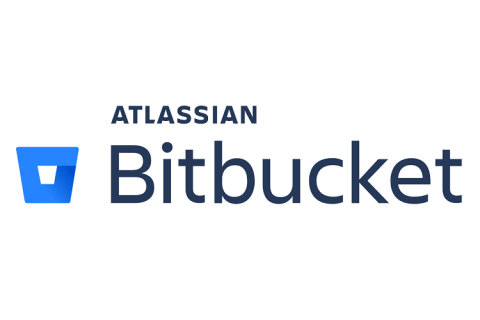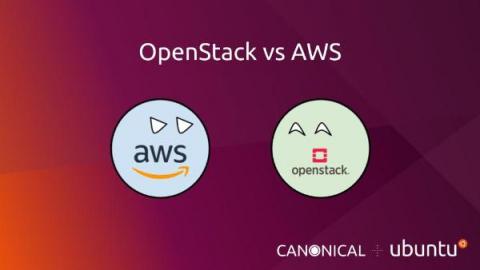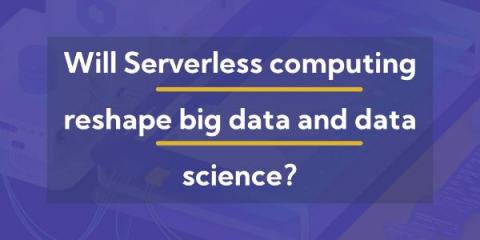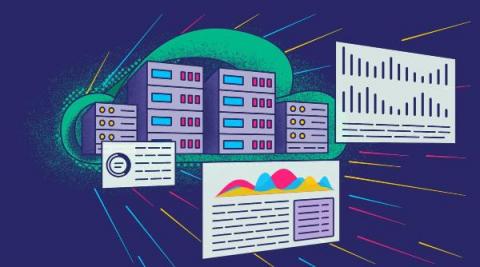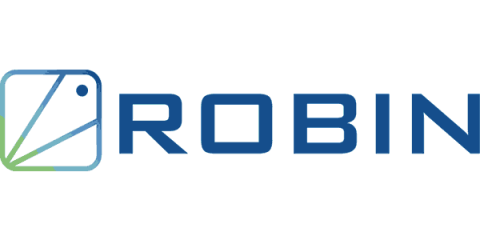Operations | Monitoring | ITSM | DevOps | Cloud
Latest News
Announcing the Bitbucket Cloud Migration Assistant
Create a static version of your blog using WordPress and Gatsby
At FlashDrive.io we use every day and love modern static websites frameworks like Gatsby, Hugo, Jekyll, and more. Gatsby, for its huge community and user base, is the first framework to have a complete build add-on developed on FlashDrive and we love playing with Gatsby every day (some of us are even a little too more invested in the project... we love you E, but get back to work!!). What's also great with Gatsby is that it comes with a large set of plugins to connect with various CMS.
OpenStack vs AWS: which one is better for you?
OpenStack vs AWS is a discussion that almost every organisation must conduct when adopting a cloud strategy. This is because OpenStack and AWS are undoubtedly some of the most popular cloud technologies in both public and private cloud space. While AWS is the most popular commercial cloud platform, OpenStack remains its most popular open source equivalent. Both have their own pros and cons. But which one is better for you?
An Overview of Microsoft Azure Services
Microsoft Azure is the public cloud computing platform by Microsoft which offers software as a service (SaaS), platform as a service (PaaS) and infrastructure as a service (IaaS). It comprises more than 600 cloud services and supports varied operating systems, databases, and developer tools. And, even better, Splunk On-Call integrates with Microsoft Azure to help on-call teams improve incident response for Azure-based environments.
Will Serverless computing reshape big data and data science?
Serverless development has been turning heads in the market for quite some time now. But it has yet to be accepted by the majority in the development community. With AWS Lambda, Azure Functions, and IBM’s Open Whisk, the market is poised to take a different route in this field. Most of these organizations are spending a lot of money to make the market accept this new paradigm using serverless computing.
What Is AWS Anomaly Detection? (And Is There A Better Option?)
UKCloud selected for Defra E-alliance to promote Net Zero govtech
Introducing Cloud Native Observability
The term ‘cloud native’ has become a much-used buzz phrase in the software industry over the last decade. But what does cloud-native mean? The Cloud Native Computing Foundation’s official definition is: From this definition, we can differentiate between cloud-native systems and monoliths which are a single service run on a continuously available server. Like Amazon’s AWS or Google Azure, large cloud providers can run serverless and cloud-native systems.



